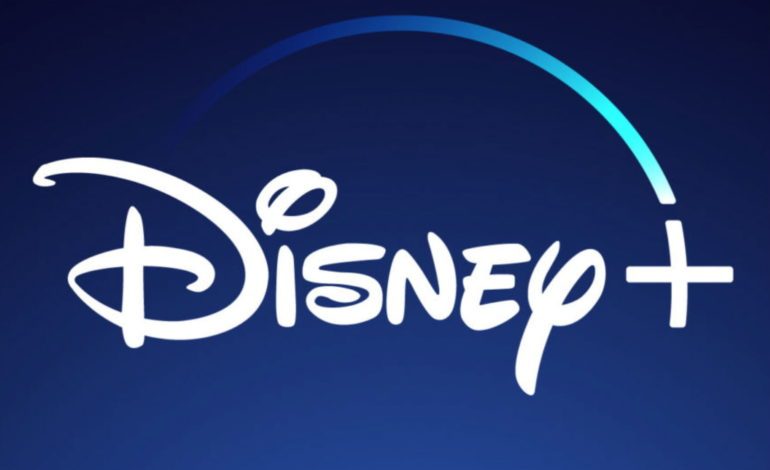

According to The Hollywood Reporter, a lawsuit from late 2022 claims that Disney’s control over both content, ESPN, and distribution, Hulu, allows it to unfairly manipulate the market, resulting in higher prices for live-streaming TV services across the industry. Yesterday, The Hollywood Reporter revealed some updates on the lawsuit against Disney.
The allegation states that Disney could use its control over Hulu to increase prices for live TV streamed over the internet. Disney allegedly required competitors like AT&T’s DirectTV and Dish’s Sling TV to include ESPN in their basic bundles, restricting their ability to offer cheaper alternatives without ESPN. Any deal Disney strikes with one competitor sets a minimum price that applies across the industry, potentially raising consumer costs. The lawsuit seeks to represent approximately five million YouTube TV subscribers who believe they are paying inflated subscription fees due to Disney’s alleged actions.
According to The Hollywood Reporter, U.S. District Judge Edward Davila decided on Tuesday to advance the antitrust claim, which means that because there’s enough evidence and legal merit to explore the allegations further, the lawsuit can proceed. Disney’s practices could be deemed anti-competitive if proven true, leading to changes in the company’s operations or potential penalties.
However, the subscribers suing Disney for antitrust violations are now restricted from seeking monetary damages under federal antitrust claims. The subscribers can still pursue legal action. For instance, the plaintiffs can request a court order to prevent Disney from continuing antitrust violations. They can also seek damages under state competition and consumer protection laws, which can offer different avenues for compensation.
The Hollywood Reporter explains that pre-2013, over 90% of U.S. households subscribed to cable or satellite TV packages. The advent of streaming platforms, starting notably with HBO offering direct internet subscriptions in 2014, began to change consumer habits. Services previously only available through cable or satellite TV started offering their content independently online, breaking away from traditional distribution models. As a result, cable and satellite TV, once dominant controllers of exclusive content, lost their monopoly over must-see films and TV shows as consumers embraced streaming alternatives. Streaming platforms have disrupted the traditional cable and satellite TV industry, changing how consumers access and view content
The Hollywood Reporter then describes how the introduction of Sling TV in 2015, after television content experienced separation from traditional cable and satellite TV packages, pioneered the concept of vMVPDs: virtual multichannel video programming distributors. Unlike traditional providers, vMVPDs deliver content over the internet, allowing subscribers to watch TV on various devices without needing a physical cable box or satellite dish. Once vMVPDs were introduced, consumers could access live TV channels via internet streaming without traditional cable subscriptions.This innovation was followed by other major companies, such as AT&T, Google and YouTube, entering the market. These companies offered similar streaming services, providing consumers with more flexible and potentially cheaper alternatives to traditional cable or satellite TV subscriptions.
According to The Hollywood Reporter, Disney argued that the contractual terms it imposed were aimed at directly harming streaming live pay TV (SLP TV) providers rather than consumers. But, the court disagreed with Disney’s defense. Instead, it acknowledged allegations that Disney increased prices significantly upon gaining control of Hulu. This allegedly affected not only the prices consumers paid for Disney’s subscription packages but also increased costs for competitors relying on ESPN content. The court recognized that Disney’s control over Hulu allowed it to influence the market, potentially suppressing competition. Despite Disney’s argument that the harm was to SLP TV providers, the court found that consumers were ultimately affected by higher prices and reduced competitive options in the streaming TV market.
The Hollywood Reporter then describes a significant negotiation between Disney and AT&T’s DirectTV regarding carriage agreements for ESPN and other channels on AT&T TV Now. Because of Disney’s control over Hulu, it wielded significant leverage in negotiations. So, as the carriage agreement with AT&T’s DirectTV approached expiration, Disney warned DirectTV subscribers that they might lose access to ESPN and other Disney-owned channels. Disney used the platform of Monday Night Football, a highly watched show, to publicly pressure AT&T DirectTV. It stated that AT&T was unwilling to agree to what Disney considered fair terms despite recent agreements with other distributors that Disney argued were market-based. Facing potential subscriber backlash and the threat of losing ESPN, AT&T DirectTV relented to Disney’s terms. AT&T increased the base package price of its live TV streaming service, AT&T TV Now, by $15 shortly after capitulating to Disney’s demands.
The court found that Disney may have required its competitors to include ESPN in their basic, most affordable subscription bundles. In other words, any streaming live TV service competitor must offer ESPN even in their cheapest package, limiting their ability to provide cheaper bundles without ESPN. The court also noted that Disney’s agreements ensured that the affiliate fees for ESPN set a minimum price across the industry. By setting these high fees, Disney created a price floor that competitors had to follow, which effectively standardized a higher cost for ESPN across all services. The court concluded that these practices allowed Disney to avoid suffering from price competition. With Disney setting a high industry-wide price floor for ESPN, competitors couldn’t offer lower prices for similar content packages, reducing overall market competition and potentially leading to higher consumer prices.
